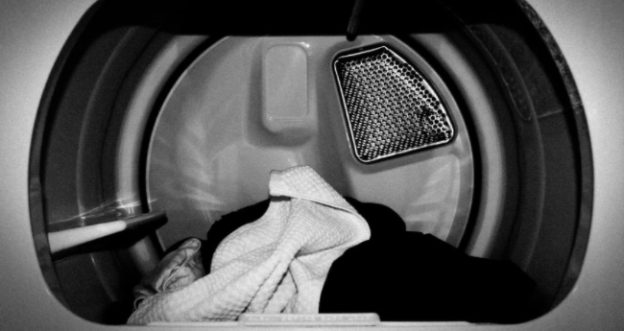A clogged dryer vent is dangerous. Home clothes dryers cause about 2900 fires per year which result in an average of 5 deaths, 100 injuries, and $35 million in damage. Compared to losing your house or your life, dryer duct cleaning costs are insignificant.
Aside from the risk of fire, a clogged dryer vent duct is probably the answer to the question “Why is my dryer not drying?” A clogged dryer vent duct prevents humid air from escaping from the dryer. But how does a dryer vent gets clogged and what is a dryer duct cleaning company likely to find inside the dryer vent duct? Here are five reasons your dryer vent duct may become clogged:
Lint and Debris
Lint that escapes being captured by the lint trap will make its way into the dryer vent duct. This lint can collect on the inner surfaces of the dryer duct and, over time, block air from flowing to the exterior dryer vent.
This lack of airflow can cause the dryer to overheat. This can ruin the dryer motor and even start a fire. Aside from clogging dryer vent ducts, lint makes for excellent kindling. Again, the cost of a new clothes dryer or having a dryer motor replaced or repaired is many scales of magnitude greater than the dryer duct cleaning cost.
Corners or Kinks
As it passes from the clothes dryer to the home’s exterior, dryer vent ducts usually change direction or elevation. When these changes occur, the dryer vent duct can form a corner that is too sharp for lint or debris to be blown cleanly through. Lint will accumulate in these corners, eventually clogging the duct.
For flexible ducts, the solution might be to incur the dryer duct cleaning cost, then straighten the flexible duct or at least try to impart a more gentle curve. For rigid ducts, you might need to incur both the dryer duct cleaning cost and the cost of having new ductwork installed with more gentle curves.
Stuck Vent Flap or Blocked Vent Cover
The dryer vent duct leads to an exterior vent. If you wander around the exterior of the home while the clothes dryer is running, you will identify the dryer vent when you hear the sound of the dryer air blowing, feel warm air escaping, and smell fabric softener.
This dryer vent is protected by a vent flap or vent cover to prevent the vent from getting clogged from the outside. One reason dryer vent ducts become clogged is that the vent flap is stuck or the vent cover is blocked. Sometimes this occurs because lint has become trapped in the vent door or vent cover, thereby blocking it. Other times, this occurs due to an exterior blockage, such as spider webs, hornet nests, mud, or other debris blocking the vent flap or vent cover from allowing air to escape.
Animal and Insect Activity
As alluded to previously, animal or insect activity can contribute to, or cause, blockage of dryer vent ducts. For example, birds and rodents occasionally find their way into dryer vent ducts and build nests there, preventing the ductwork from venting the humid air from the dryer. Worse yet, these animals can meet their demise inside the dryer vent duct and form a blockage.
Similarly, insect activity, such as hornet or wasp nests, spider webs, or beehives can contribute to clogged dryer vent ducts. These insects find a warm, dry location in your dryer vent ducts and make themselves at home. These nests can block airflow and catch lint, creating a blockage in the dryer vent ductwork.
Fabric Softener Residue
Most people do not think about the chemicals in fabric softener. However, the primary ingredients in both liquid fabric softener and dryer sheets are fats, oils, and fatty acids. These chemicals coat the fibers of the fabric, making the fabric feel softer and displacing the electrons that cause static cling. In the dryer, however, these chemicals can create a sticky residue that causes lint to stick to the inside of the dryer vent ducts.
Whether it is from the shape of the ductwork, insects, and animals inside the ductwork, or chemicals blown into the ductwork, dryer vent duct cleaning can resolve most of the causes of clogging.
